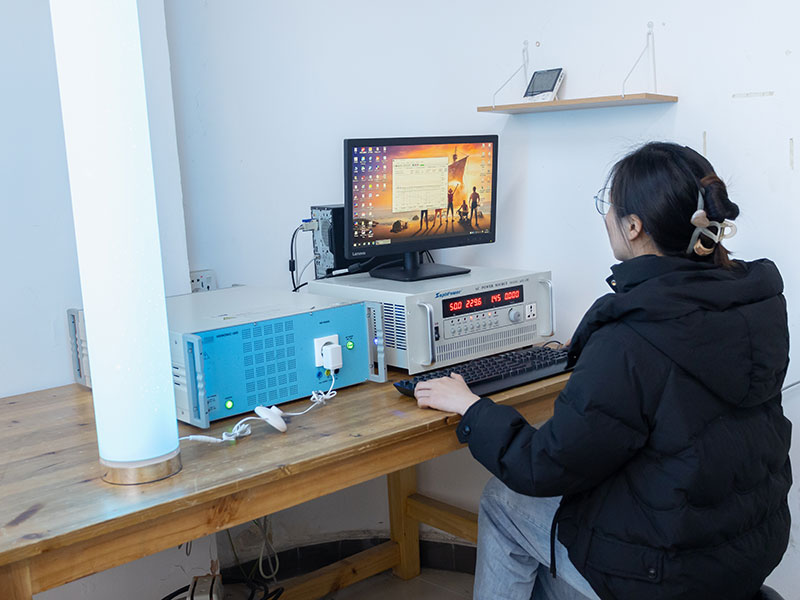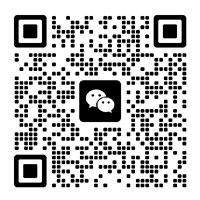EMC harmonic testing equipment

Details
EMC Harmonic testing equipment is a key tool in electromagnetic compatibility (EMC) testing, specifically used to evaluate the Harmonic Current Emissions of electrical and electronic equipment in the power grid. Ensure that it complies with international/national standards (such as IEC 61000-3-2, GB 17625.1, etc.).
1. Core function
Harmonic current emission test
Pollution of the power grid by detection equipment
Measure the harmonic current (such as 2nd to 40th harmonics) injected into the power grid by the measuring equipment during operation to prevent grid voltage distortion, transformer overheating or other equipment failures caused by excessive harmonics.
Compliance certification
Verify whether the product complies with mandatory standards (such as the harmonic limit requirements in the EU CE certification and China CCC certification).
(2) Voltage fluctuation and flicker test
Evaluate the impact of equipment on the stability of the power grid
Detect voltage fluctuations (ΔV) and flickers (Flicker) caused by the start and stop of the detection equipment or changes in load to prevent interference with sensitive equipment such as medical instruments and lighting systems.
2. Composition of the testing equipment
Harmonic analyzer
High-precision current probe +FFT analysis module, decomposing the current waveform into various harmonic components (such as 50Hz fundamental wave, 100Hz second harmonic, etc.).
Analog grid power supply
Provide pure AC power supply (220V/50Hz or 110V/60Hz) and isolate from external power grid interference.
Load simulator
Control the load status of the equipment under test (EUT) in different working modes (such as standby and full load).
Software platform
Automatically calculate the harmonic content, generate A report and compare it with the standard limit curve (such as Class A/B/C/D classification limits).
3. Testing process
Device connection
The EUT is connected to the test system through a current probe, and the power supply end is connected to the simulated power grid.
Data collection
During a typical working cycle (such as 15 minutes), the current waveform is recorded in real time and a Fourier transform (FFT) is performed.
Harmonic analysis
Calculate the effective value (RMS) of each harmonic and the total harmonic distortion rate (THD).
Result determination
Compare with the limit table of IEC 61000-3-2 (for example, Class D is applicable to devices such as PCS and televisions).
4. Typical application scenarios
Household appliances
Harmonic testing of high-power equipment such as air conditioners and washing machines (must meet the Class A or Class B limit values).
LED lighting
The high-frequency harmonics of the drive power supply are prone to exceed the standard and require strict testing (Class C).
Industrial equipment
Design verification of harmonic suppression for nonlinear loads such as frequency converters and servo motors.
Information technology equipment
Harmonic current (Class D) of switching power supplies for computers, servers, etc.

 Scan WeChat to chat
Scan WeChat to chat